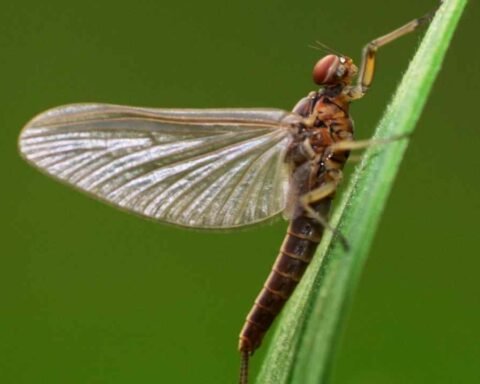The Stag Beetle is a unique species of the Beetle Family. They are the largest beetles found in the UK, measuring up to 7.5cm long. There is a very clear difference between the male and the female beetle where males have larger jaws and overall body size compared to females. These harmless creatures have impressive red-brown bodies.
Stag beetles live in woodland edges, hedgerows, parks, and gardens throughout Western Europe, including Britain, and they feed on decaying wood and tree sap. Despite their uniqueness, they are also highly endangered species due to several reasons including human activities. Let’s dive deep into the details.
Are Stag Beetles Endangered?

Stag beetles are a highly endangered species across Northern Europe. They are considered as “Nationally Scarce” across UK due to the following reasons:
- Human crush them underneath their feet thinking they are dangerous
- Overuse of pesticides and chemicals in gardens and other forestry
- Change in weather patterns
- Lack of education
- Habitat destruction
Are stag beetles endangered in the US?
No, Stag Beetles are not endangered in the US because they are not natives of North America. There are about 1200 different species of Stag Beetles which are primarily found in Europe and parts of Asia. Out of these, only 30 species of stag beetle are present in North America and therefore they are not as endangered as the other species of beetles.
Are stag beetles declining?
Yes, Stag Beetles are surely declining in numbers because of several factors including human activities such as; people who think beetles are dangerous and crush them underneath their feet, major changes in weather patterns, destruction and degradation of their habitats like parks and gardens.
How long do stag beetles live?

Stag Beetles have a long life cycle. Starting from the earliest stage of stag beetles’ life cycle as larvae is the longest one. They spend several years underground feeding on decaying wood. However, they spend a relatively shorter period as an adult.
Once they complete their development, they pupate as an adult, usually from late May to August. Smaller subspecies of stag beetle can live up to 3 years and the larger subspecies can only live for up to 2 years.
Are UK stag beetles endangered?
Stag Beetles are native to the United Kingdom and therefore they are widespread in Southern England. However, they are also listed as one of the globally endangered species in Britain (according to the Act of Countryside 1981).
Are stag beetles dangerous?

Stag Beetles are not dangerous at all, despite their fearsome appearance, they are completely harmless. Therefore, the people who kill stag beetles, considering that they are dangerous, should stop it right away because such people are directly contributing to the extinction of stag beetle species.
Are stag beetles rare?
Stag Beetles are rarely found across Northern Europe. However, they are widely spread in Southern England. They are also an extremely threatened species of the beetle family due to several reasons including human activities and habitat destruction.
Are stag beetles attracted to warm tarmac surfaces?
Yes, warm surfaces like tarmac and pavements attract stag beetles, most importantly adult beetles due to the heat they radiate, making them more vulnerable to being crushed by cars and other vehicles or people walking.
What are the conversation efforts to save stag beetles?

Organizations like “People’s Trust for Endangered Species (PTES)” in the UK encourage people to record their stag beetle sightings, contributing to the understanding of their distribution and population trends. They educate people to create suitable habitats for stag beetles, such as logger structures that provide shelter and breeding sites that mimic the natural conditions required by stag beetles.








